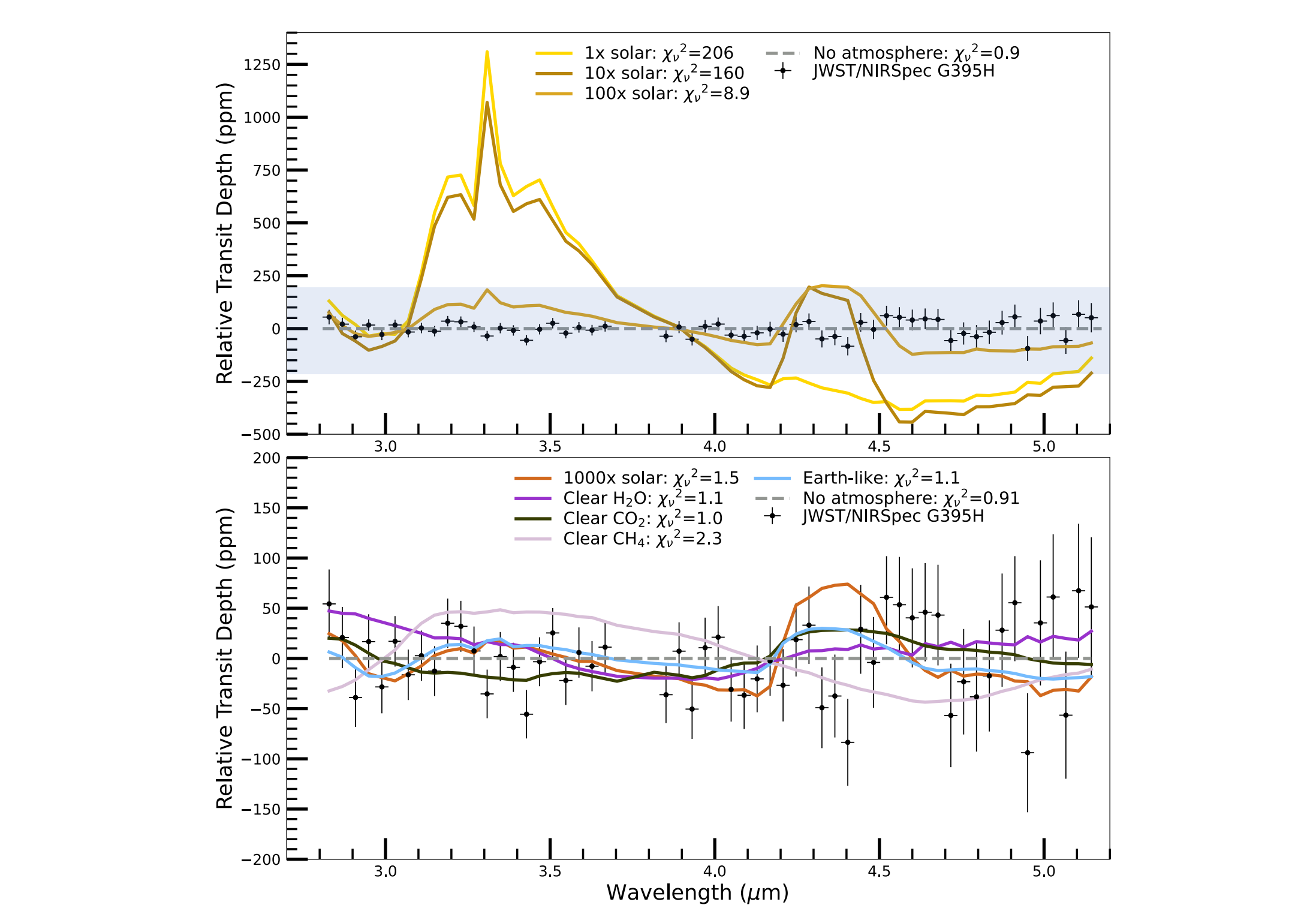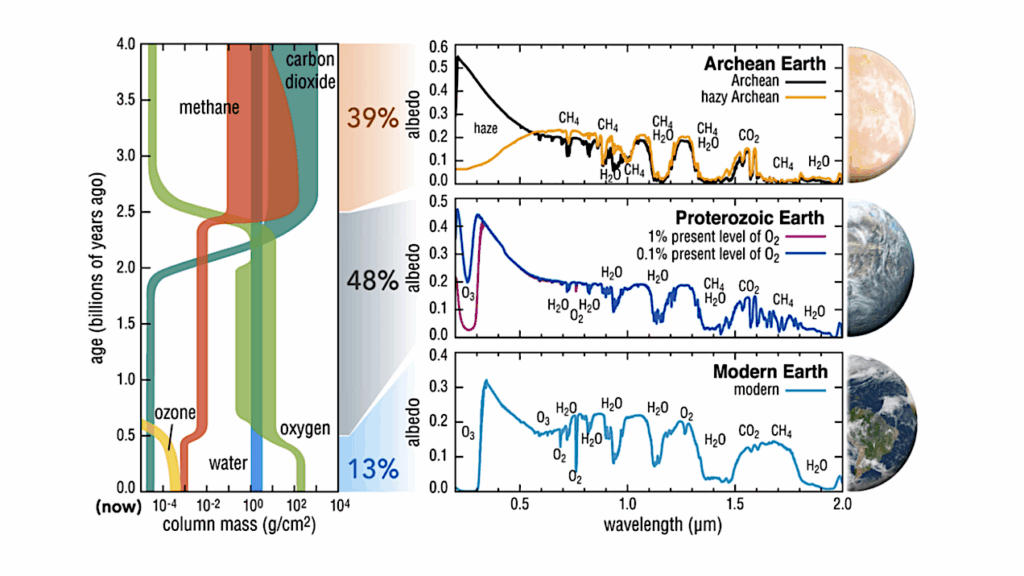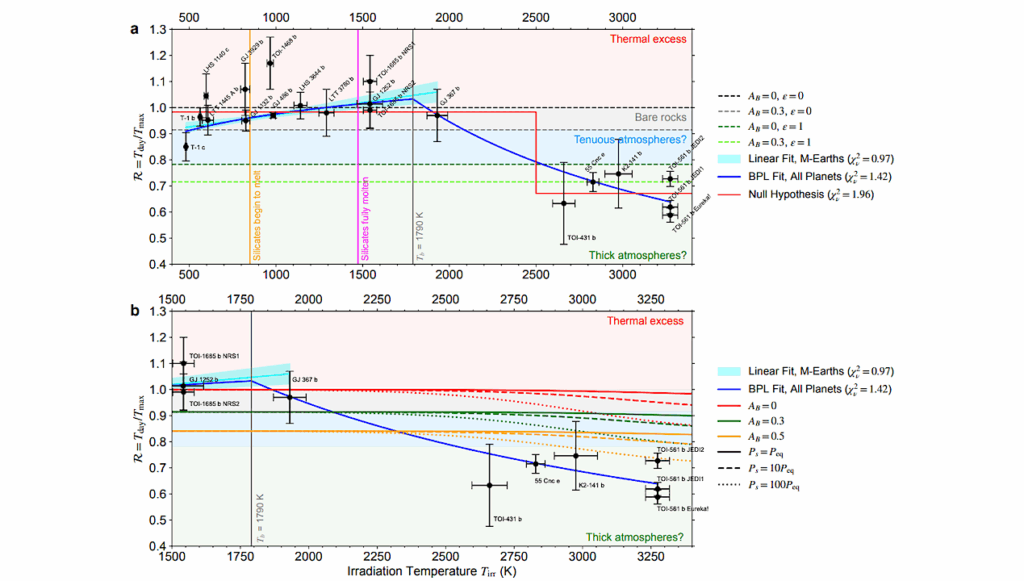A JWST Transmission Spectrum Of A Nearby Earth-sized Exoplanet

The critical first step in the search for life on exoplanets over the next decade is to determine whether rocky planets transiting small M-dwarf stars possess atmospheres and, if so, what processes sculpt them over time.
Because of its broad wavelength coverage and improved resolution compared to previous methods, spectroscopy with JWST offers a new capability to detect and characterize the atmospheres of Earth-sized, M-dwarf planets.
Here we use JWST to independently validate the discovery of LHS 475b, a warm (586 K), 0.99 Earth-radius exoplanet, interior to the habitable zone, and report a precise 2.9-5.3 um transmission spectrum.
With two transit observations, we rule out primordial hydrogen-dominated and cloudless pure methane atmospheres. Thus far, the featureless transmission spectrum remains consistent with a planet that has a high-altitude cloud deck (similar to Venus), a tenuous atmosphere (similar to Mars), or no appreciable atmosphere at all (akin to Mercury).
There are no signs of stellar contamination due to spots or faculae. Our observations demonstrate that JWST has the requisite sensitivity to constrain the secondary atmospheres of terrestrial exoplanets with absorption features <50 ppm, and that our current atmospheric constraints speak to the nature of the planet itself, rather than instrumental limits.
J. Lustig-Yaeger, G. Fu, E. M. May, K. N. Ortiz Ceballos, S. E. Moran, S. Peacock, K. B. Stevenson, M. López-Morales, R. J. MacDonald, L. C. Mayorga, D. K. Sing, K. S. Sotzen, J. A. Valenti, J. Adams, M. K. Alam, N. E. Batalha, K. A. Bennett, J. Gonzalez-Quiles, J. Kirk, E. Kruse, J. D. Lothringer, Z. Rustamkulov, H. R. Wakeford
Comments: A co-first author paper Lustig-Yaeger and Fu et al., Under review in Nature Astronomy, Comments welcome
Subjects: Earth and Planetary Astrophysics (astro-ph.EP)
Cite as: arXiv:2301.04191 [astro-ph.EP] (or arXiv:2301.04191v1 [astro-ph.EP] for this version)
Submission history
From: Jacob Lustig-Yaeger
[v1] Tue, 10 Jan 2023 20:04:58 UTC (17,492 KB)
https://arxiv.org/abs/2301.04191
Astrobiology








